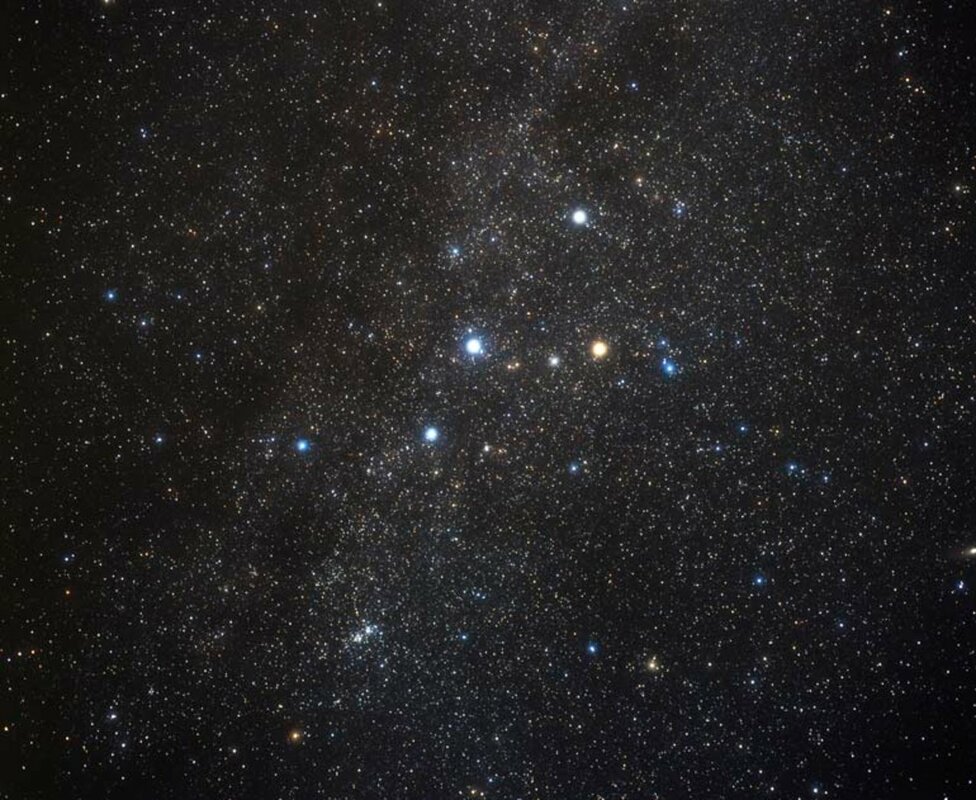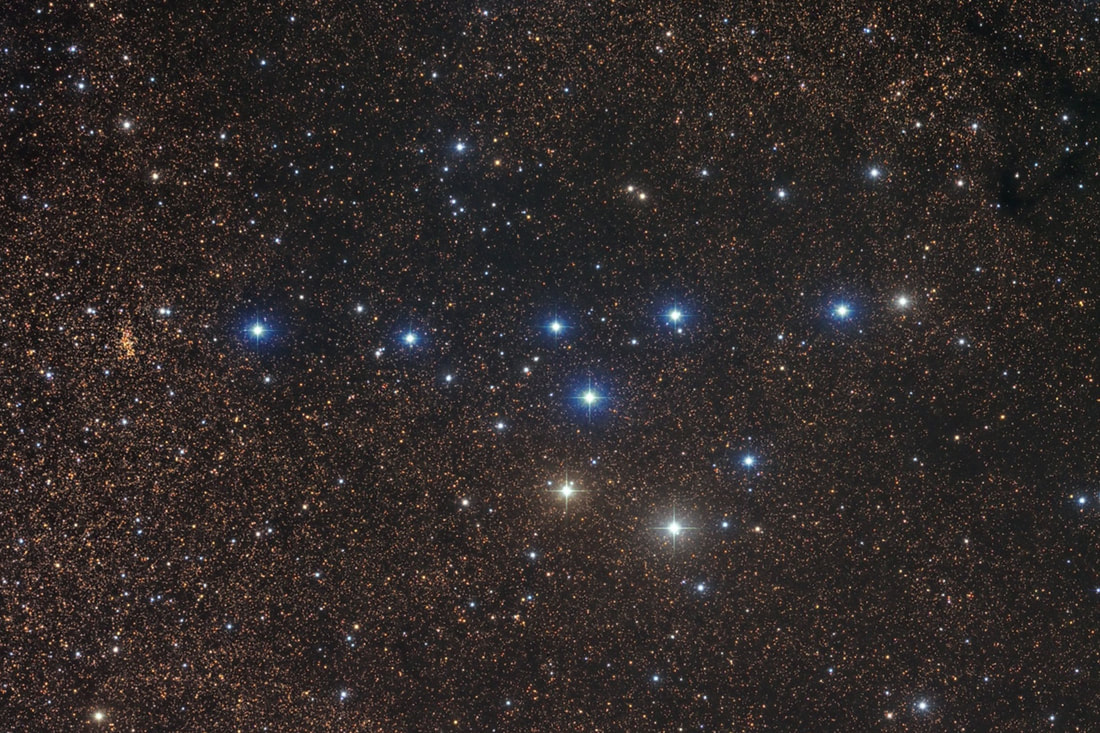|
This piece was originally broadcast on Radio Scilly in November 2018
This last couple of week’s weather hasn’t been the best for stargazing. Wind is one element stargazers can generally cope with! If Storm Diana achieved one thing on Wednesday, it blew all the clouds away! Late November and December are some of the best months for stargazing. Wednesday night was a perfect example. I walked home from the island hall with fellow COSMOS member Anna. It was just coming up to 7pm and yet the sky was pure dark and dazzling. We decided to turn off our head torches, to better enjoy the starry sky. Admittedly my bike and I did end up in the hedgerow a couple of times, which just proves the logic of allowing your eyes time to adjust. Anyway, in just 10 minutes we could see the Milky Way and countless stars, beyond stars, and yet more stars. I returned home with the aim of locating the Andromeda Galaxy, aka M31, through my monocular (basically half a pair of binoculars. It works for me). I’ll save what I saw for another time – but all you need to know for now is that M31 is the closest galaxy to the Milky Way AND you can see it with a half decent pair of binoculars, on a clear night, right here from Scilly! I cannot wait to view it through our observatory’s 14 inch Meade telescope…which was finally installed on its mount this week. So back to the sky and to Cassiopeia, an easily recognisable constellation that helps locate the Andromeda Galaxy but is a thing of beauty in and of itself. Cassiopeia is currently high in the sky above us, a constellation of 5 nearly equally-bright stars shaped like a wonky W. It’s also one constellation that is constantly visible from our location – it never sets in our Scilly sky. Hard to miss! Fittingly for such an eye-catching constellation, Cassiopeia is named after a rather vain queen, of Greek Mythology, who boasted about her beauty, so the W shape corresponds to her lounging, vainly – we assume, on her throne. Yes, or a wonky W. Sometimes you just have to go with it. We’ll be looking at Cassiopeia and neighbouring Perseus in this weekend’s Saturday Stargazing here on St Martins – we run these every week through the Winter months, except in the worst of weathers. I hope you too can get out in these dark early evenings, weather permitting, and enjoy Scilly’s stunning night sky, it really is at its best right now.
3 Comments
This piece was originally broadcast on Radio Scilly in November 2018
The Summer Triangle asterism is still with us. It’s one of the most obvious things you’ll see when you look upwards after dark. These three bright stars are – highest in the sky – Deneb (part of the northern cross, or Cygnus the swan), then to the right, Vega (of constellation Lyra), and the lowest is Altair, main star in Aquila, the eagle. Now that may not be all that interesting on the surface of it – though Deneb does lie smack bang in the middle of the milky way, making it a good waymarker. However, on this occasion, I’m talking about the coathanger! This is a lovely asterism – or unofficial collection of stars that make a shape in the sky. The coathanger can be handily found between Altair and Vega and it’s called the coathanger, because (and this isn’t always the case with naming things in astronomy) it looks just like a coathanger! Albeit from where we are it is upside down. To find it, with a pair of binoculars sweep upwards, from Altair to Vega. About a third of the way you’ll find the coathanger. It’s formed of a straight line of 6 stars, below which is a hook of 4 stars. See if you can find it! Meanwhile, back on earth, on St Martins, our observatory now has 2 domes and we’re awaiting delivery of the final few bits of building materials. All being well we’ll be in there soon playing with all the kit! I think it’s going to be an exciting winter ahead of stargazing ahead. |
BYCharlie Payne POSTS
September 2024
|



 RSS Feed
RSS Feed